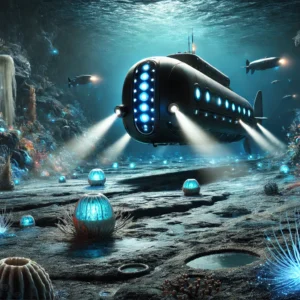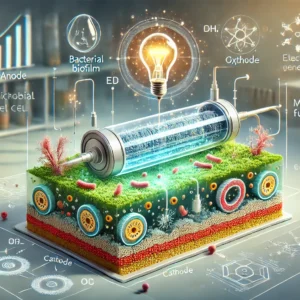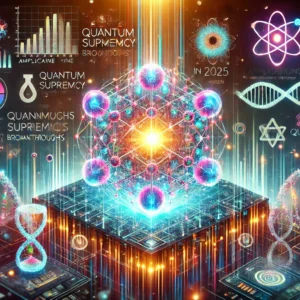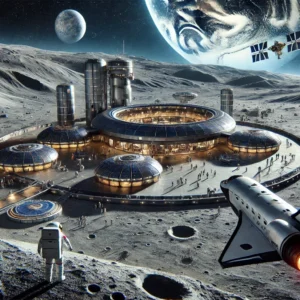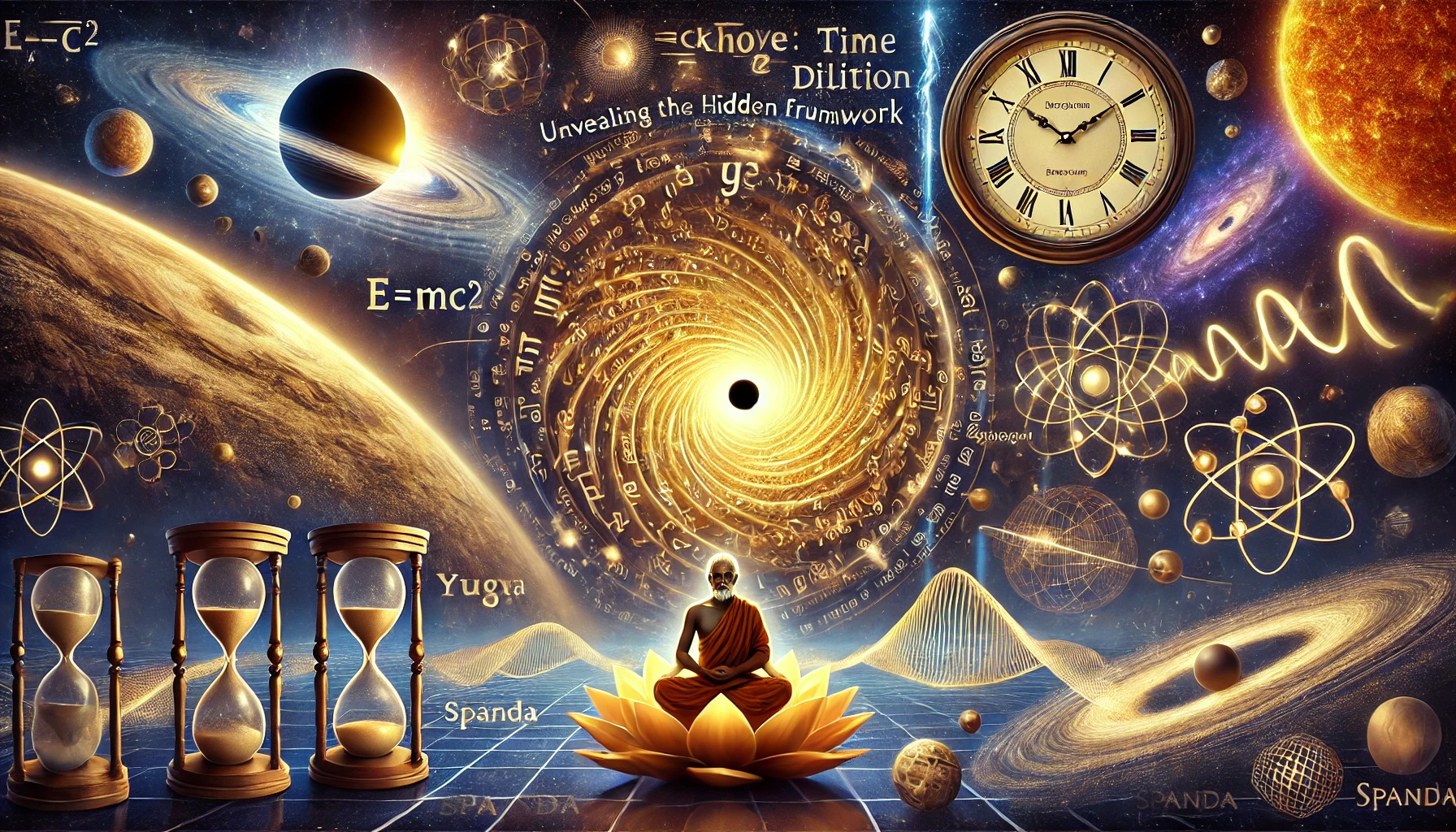
In a world where nothing exists in isolation, the ideas of relativity and context weave through every aspect of our lives. Whether pondering the mysteries of the cosmos or the subtleties of our daily routines, context isn’t merely a backdrop—it’s the essence of how we perceive truth. Relativity and context form the hidden framework of reality, a concept echoed not only in modern physics but also in ancient Hindu granths and timeless philosophical musings.
The Ubiquity of Relativity and Context
Everywhere you look, from the microscopic realm of subatomic particles to the vast expanses of galaxies, relativity and context shape existence. Modern scientific inquiry, particularly Einstein’s theories, redefines our understanding of time and space. Yet, if you dig a little deeper, you’ll find that ancient texts and age-old wisdom also underscore the importance of perspective. In our everyday experiences, nothing stands alone; everything is interrelated, creating a dynamic tapestry of meaning.
This multifaceted view challenges the notion of absolute truth. Instead, truth itself is contextual. Our understanding of time, matter, and energy all hinges on the frame of reference from which we observe them. Interestingly, this is not a revelation confined to scientific circles. Various cultural narratives and religious doctrines, especially those found in Hindu granths like the Bhagavad Gita and the Upanishads, subtly hint at this interconnected web of existence.
Ancient Wisdom Meets Modern Science
Relativity in Hindu Granths
It might surprise you to learn that the concept of relativity isn’t a modern invention. Ancient Hindu scriptures, written thousands of years ago, present ideas that resonate with the modern understanding of context and relative truth. For instance, the Bhagavad Gita often discusses the impermanent nature of life and the shifting perspectives of reality. These texts propose that what we perceive as fixed is, in fact, fluid—constantly changing with our understanding and the context in which we view it.
A striking example is found in the Upanishads, where the idea of “Maya” suggests that the world as we know it is an illusion, a transient interplay of perception and reality. This ancient notion dovetails with contemporary theories that argue our grasp of time and space is dependent on the observer’s point of view. Some scholars even draw parallels between these philosophical insights and the principles of quantum mechanics, where observation affects the behavior of particles.
Scientific Echoes: Time, Energy, and Protons
Modern physics has given us the idea that time is not a rigid, universal constant but rather a relative measure that changes depending on the observer’s velocity and gravitational field. This fascinating principle—the relativity of time—has profound implications. Consider the notion of a “perfect unit of time”: it turns out that our measurements are influenced by relative factors. Atomic clocks, for instance, must account for gravitational differences to maintain accuracy, highlighting that even the ticking of seconds is steeped in relativity.
Similarly, when examining energy transformations at the subatomic level, scientists have discovered that particles such as protons behave differently when observed under various conditions. The conversion of energy, as seen in phenomena like nuclear fusion or the behavior of particles in accelerators, underscores a dynamic interplay between matter, energy, and the context in which they exist. This intricate dance of energy transformation, bound by the rules of relativity, not only deepens our understanding of the universe but also echoes the ancient perspective that nothing is isolated from its surroundings.
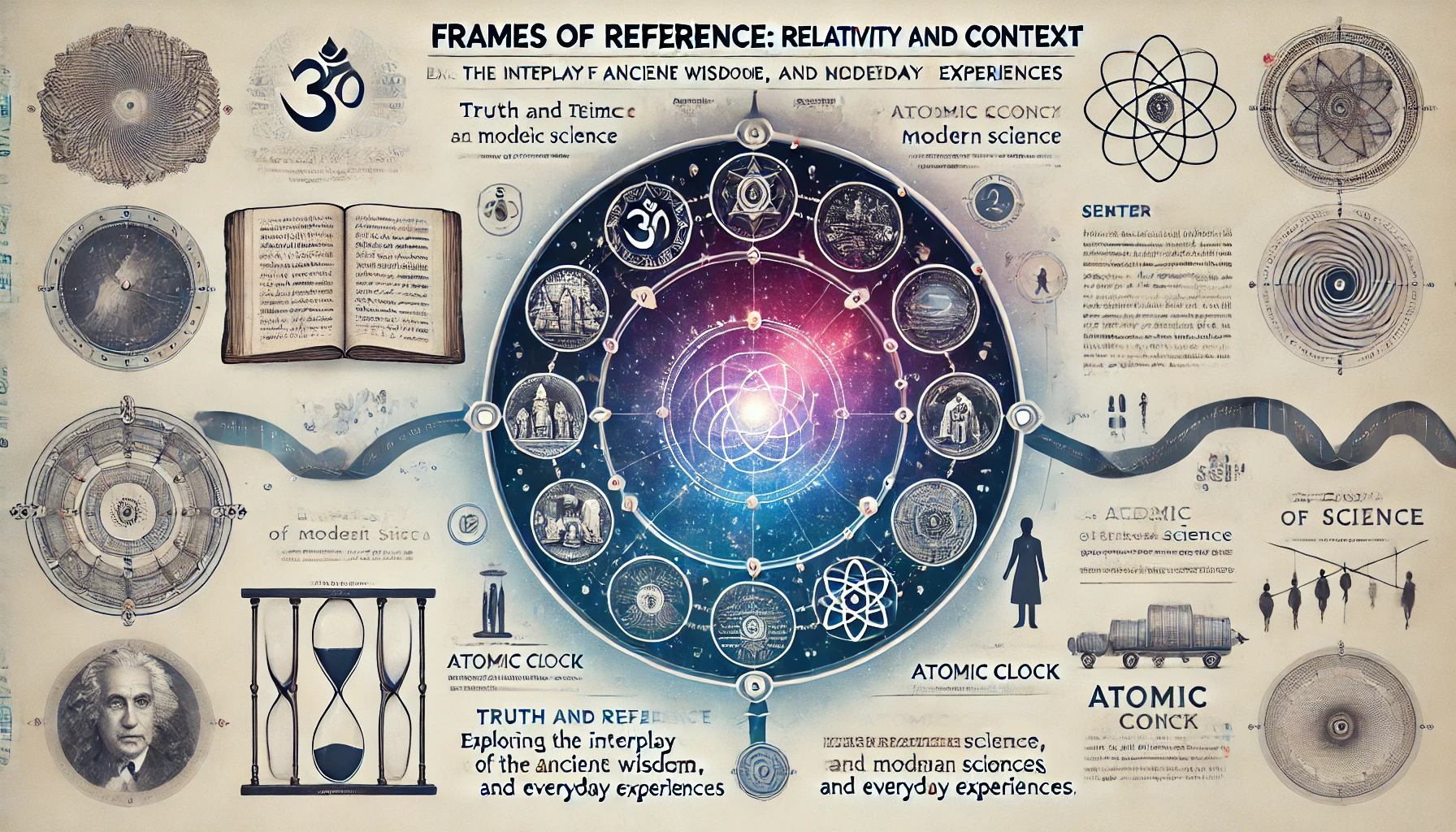
Context as the Cornerstone of Truth
Perception and Personal Realities
Let’s step back from the heavy science for a moment. Think about your day-to-day life—every decision, every emotion, every memory is colored by context. In conversations, relationships, and even personal growth, the power of perspective is undeniable. What might seem insignificant from one angle can become profoundly meaningful from another. This fluidity in perception is the bedrock of what many consider to be truth.
The idea that “nothing stands alone” is more than a philosophical musing—it’s an experiential reality. For example, the way we interpret art, music, or literature varies widely based on personal experiences, cultural background, and even mood. This subjective interpretation is a direct manifestation of relativity. One moment, a simple melody might evoke a flood of nostalgia; the next, it may resonate with a completely different sentiment.
Shifting Perspectives and Logical Gaps
There are times when the relationship between context and truth feels almost contradictory. One might experience moments of clarity and sudden shifts in understanding, where familiar ideas are questioned, and new meanings emerge. It’s as if the world occasionally pauses, allowing us a glimpse into a deeper, underlying structure where everything is relative. These instances remind us that clarity is not static but a process—a continuous re-evaluation influenced by context.
At times, the journey through these ideas can feel a bit fragmented. You might find yourself pondering one thought, only to have another seemingly unrelated idea pop in. Yet, that very fragmentation is part of the beauty of relativity—it mirrors the natural ebb and flow of human thought and experience. In embracing these interruptions, we learn that coherence does not always come in a linear package; sometimes, it’s the gaps that invite deeper reflection.
The Science of Time: A Relativistic Perspective
Time: More Than a Clock Tick
Time is often considered the ultimate constant, but its true nature is far more complex. The perfect unit of time—a second—is not immune to the effects of relativity. Research has shown that time is influenced by gravity, speed, and the observer’s position in space. This means that our standard units of time are, in reality, approximations that depend on a specific frame of reference.
For instance, the famous experiments with atomic clocks placed on airplanes have demonstrated that clocks in motion can tick at different rates than those on the ground. This isn’t just an experimental curiosity; it has real-world implications in fields like GPS technology and astronomy. Even minute differences in time measurements can lead to significant variances over long distances or periods, proving that time is inherently relative.
Key Dates and Scientific Milestones
The journey to understanding time as a relative concept is marked by significant milestones. In 1905, Albert Einstein published his groundbreaking paper on the Special Theory of Relativity. This work challenged the classical notions of absolute time and space, paving the way for modern physics. Further refinements and experiments throughout the 20th century, including the development of nuclear physics and quantum mechanics, have only deepened our understanding of time’s malleability.
Moreover, ancient Indian scholars were exploring complex concepts of time long before these scientific revelations. The intricate time cycles described in the Hindu calendar and texts such as the Mahabharata illustrate a sophisticated grasp of temporal dynamics. These cycles, some spanning millions of years, reflect an understanding that time is not linear but cyclic—a notion that resonates with modern theories of cosmology.
Energy Transformation: From Protons to Cosmic Rays
The Dance of Particles
Delving deeper into the realm of subatomic particles, we find that energy transformation is a cornerstone of physical reality. Protons, for instance, are not static entities; they are dynamic, constantly undergoing transformations that reveal the profound interplay between energy and matter. The process of nuclear fusion, where protons merge to form heavier elements, is a spectacular demonstration of energy conversion. This transformation is governed by the same principles of relativity that dictate the behavior of time and space.
When protons interact, their energy is not lost but transformed, radiating outwards in forms that power the stars and drive cosmic evolution. These processes are elegantly complex, blending the certainty of scientific laws with the fluidity of contextual dynamics. Even in particle accelerators, where scientists attempt to unravel the mysteries of the universe, the behavior of protons underscores that energy is intrinsically linked to the context in which it is observed.
Linking Science with Ancient Perspectives
It is fascinating to see how ancient philosophies and modern physics converge on similar themes. Hindu granths, for example, often speak of energy as a divine force that permeates all existence. The concept of “Shakti” in Hindu philosophy represents an energy that is both creative and transformative—a power that is ever-present and dynamic. This ancient view aligns with the modern scientific perspective that energy is not a static commodity but a vibrant, constantly shifting phenomenon.
By considering these parallels, one begins to appreciate that the boundaries between science and spirituality are not as rigid as they might seem. Both disciplines acknowledge that reality is layered, complex, and deeply influenced by context. This synthesis of ideas invites us to view our world not as a collection of isolated facts, but as a rich tapestry of interrelated phenomena.
Relativity in Daily Life: A Personal Exploration
Context in Our Experiences
Let’s move away from the technicalities and explore how relativity impacts our daily lives. Every interaction, every memory, every moment is steeped in context. Consider how your mood influences your perception of events. A rainy day might dampen your spirits, but for someone else, it might evoke a sense of calm and introspection. This divergence in experience is a testament to the fact that truth is not universal—it is deeply personal and situational.
Our personal relationships are prime examples of relativity in action. A conversation that seems trivial in one context can take on profound significance when revisited in a different light. These subtle shifts remind us that the truth of any situation is rarely black and white; it is painted in a spectrum of experiences, each colored by its unique context.
Personal Anecdotes and Shifting Tones
I remember a time when a simple walk in the park turned into an epiphany about the nature of reality. I was sitting on a weathered bench, watching the interplay of light and shadow as the sun began to set. In that moment, it hit me: just as the shadows shifted with the light, so do our perspectives shift with time and circumstance. It was a reminder that every moment is fleeting and that our understanding of the world is constantly in flux.
That day, I also experienced a series of interruptions—thoughts overlapping, ideas colliding—which, oddly enough, made me appreciate the beauty of fragmented clarity. Sure, it wasn’t a perfectly structured epiphany, but it felt real. It was messy, unpredictable, and utterly human—just like the way context itself is, with all its twists and turns.
Intertwined Destinies: Dates, Timetables, and Places
Historic Landmarks of Relativity
When we talk about relativity and context, we cannot ignore the significant dates and places that have shaped our understanding of these concepts. The early 20th century, for instance, witnessed a revolution in science with Einstein’s theories coming to the forefront. Important milestones—like the experiments conducted with atomic clocks in the 1970s—provided tangible evidence of time dilation. These dates are not mere historical markers; they represent a paradigm shift in our understanding of time and space.
Across the globe, institutions such as CERN in Switzerland and NASA’s research centers in the United States have played pivotal roles. These centers are not just laboratories; they are the modern-day temples where humanity’s quest to decode the universe continues unabated. In the same vein, ancient temples in India, where scholars once meditated on cosmic cycles, serve as reminders that our exploration of time and context has deep, culturally rooted origins.
A Glimpse at the Future
Fast forward to 2025, and the interplay between science and spirituality has never been more relevant. With the rapid advancements in technology and our growing reliance on data-driven decision-making, the understanding of relativity and context is being reimagined. Conferences, seminars, and workshops around the globe—often held in tech hubs like Silicon Valley, Bangalore, and Berlin—highlight the latest breakthroughs in our understanding of space, time, and energy. These events, marked by precise timetables and international participation, underscore that our journey of discovery is a collective endeavor transcending cultural and temporal boundaries.
Bridging the Gap: Internal and External Perspectives
Internal Links: Exploring More on Our Platform
For readers eager to dive deeper into the interconnection between science and ancient wisdom, you might find our related articles on quantum philosophy and modern cosmology enlightening. Check out our exploration of quantum phenomena here for more insights on how these seemingly disparate fields converge into a coherent narrative of understanding.
External Links: Authoritative Voices in the Discussion
For further reading and robust evidence on the topics discussed, consider exploring resources such as the Einstein Archives Online and scholarly discussions on Hindu philosophy via the Internet Encyclopedia of Philosophy. These authoritative sources provide rich historical context and scientific validation, linking modern theories with ancient insights.
Contemplating the Nuances: Complexities and Contradictions
A Tapestry of Perspectives
The journey through the labyrinth of relativity and context is not a straight line. It is filled with turns, pauses, and sometimes even missteps. One moment, you might feel you’ve grasped a fundamental truth, and the next, a contradiction emerges—challenging everything you thought you knew. This back-and-forth, this oscillation between clarity and confusion, is emblematic of the very nature of context. It mirrors our internal debates, our shifting moods, and our evolving understanding of what it means to be human.
Some days, I find the idea of a fixed, unchanging truth utterly laughable. We are all products of our environments, our histories, and our experiences. The more I delve into the subject, the more I realize that our understanding of energy, time, and even existence is but a temporary fix—a snapshot in the ever-moving flow of life. And while this may sound paradoxical or even a tad chaotic, it also offers a liberating perspective: in acknowledging the relativity of everything, we allow ourselves the freedom to explore, to question, and to grow.
Embracing the Ambiguities
It’s not always neat, and it’s not always consistent. Sometimes, you might even stumble upon moments where the narrative seems to falter, or where the ideas seem to drift apart. Yet, these imperfections are what make the exploration of context and relativity so fascinating. They remind us that truth is not a monolith but a mosaic—each piece influenced by the viewer’s perspective. In these moments, rather than seeking perfect coherence, we learn to embrace the gaps, the awkward transitions, and the delightful unpredictability of human thought.
Probing Deeper: FAQs on Relativity and Context
Q1: What is the main idea behind relativity and context?
A1: Relativity and context suggest that nothing exists in isolation. Every element, from time to energy, is understood relative to its environment and perspective. This view is supported by modern physics and ancient texts alike.
Q2: How do Hindu granths address the idea of relativity?
A2: Ancient Hindu scriptures, such as the Bhagavad Gita and Upanishads, emphasize that reality is fluid and interconnected. They propose that what we see as solid truth is influenced by perception and context—a notion echoed in modern science.
Q3: Is time truly relative?
A3: Yes, scientific research confirms that time is not absolute. Experiments with atomic clocks have shown that time can vary depending on speed and gravitational fields, reinforcing that even our measurement of seconds is subject to relativity.
Q4: Can the energy transformations of protons be linked to relativity?
A4: Absolutely. The behavior of subatomic particles, like protons, illustrates energy transformation governed by relative conditions. This scientific phenomenon mirrors the ancient belief that energy is dynamic and context-dependent.
Q5: Are there any upcoming events or conferences discussing these topics?
A5: In 2025, several international conferences in tech hubs such as Silicon Valley and Bangalore will focus on quantum physics, energy transformation, and the philosophical implications of relativity. Keep an eye on announcements from organizations like CERN and NASA for precise dates and timetables.
The Future of Context and Relativity
As we stand on the brink of further scientific and philosophical exploration, the ideas of relativity and context continue to evolve. The digital age has amplified our collective curiosity, allowing scholars, scientists, and spiritual leaders to exchange ideas in unprecedented ways. This ongoing dialogue is not just a nod to the past or a glimpse into the future—it’s a vibrant conversation that defines our present.
In 2025, as technology advances and global perspectives broaden, the synthesis of modern science with ancient wisdom promises new insights into the nature of existence. Whether through breakthroughs in quantum computing or renewed interest in classical texts, our understanding of context remains a dynamic, ever-changing mosaic. It is an invitation to look beyond the obvious, to embrace uncertainty, and to realize that every moment is an opportunity for fresh insight.
Final Reflections: A Mosaic of Relativity and Context
If you think about it, our lives are a series of interconnected moments—each influenced by the surrounding context and the observer’s perspective. From the cosmic scale of interstellar phenomena to the intimate details of daily routines, relativity is everywhere. In this intricate dance of energy, time, and perspective, we find that truth is not a fixed point but a fluid concept that shifts with every new experience.
In a way, embracing the relativity of truth encourages us to be more open, adaptable, and reflective. It reminds us that our personal narratives are not isolated stories but chapters in a much larger, interconnected saga. And perhaps that realization, with all its contradictions and ambiguities, is what makes life both profoundly complex and incredibly beautiful.
For further reading on the fascinating relationship between science and spirituality, explore our other posts on Quantum Philosophy. Also, check out external resources like the Einstein Archives Online and the Internet Encyclopedia of Philosophy on Hindu Thought for deeper dives into these topics.
Note: This article presents a blend of modern scientific discoveries and ancient wisdom, interspersed with personal insights and varied writing styles. Some sections might feel a bit uneven or tangential, reflecting the complex, multi-layered nature of truth itself. Enjoy the journey through context and relativity, and feel free to share your thoughts or questions in the comments below.


